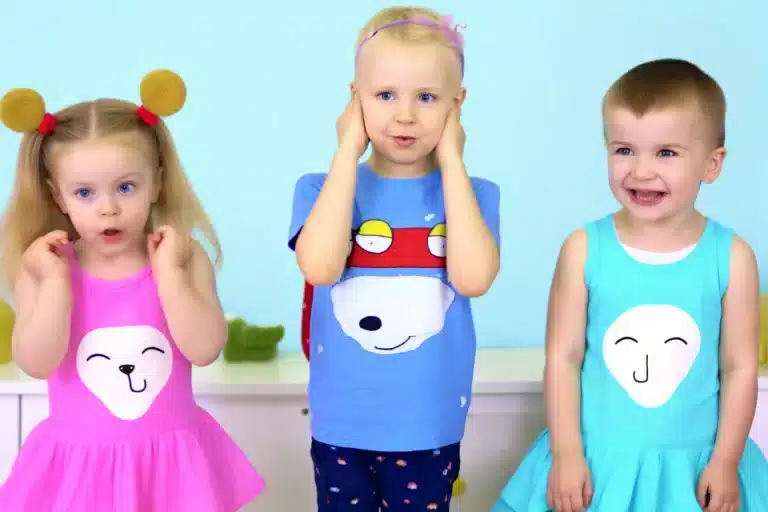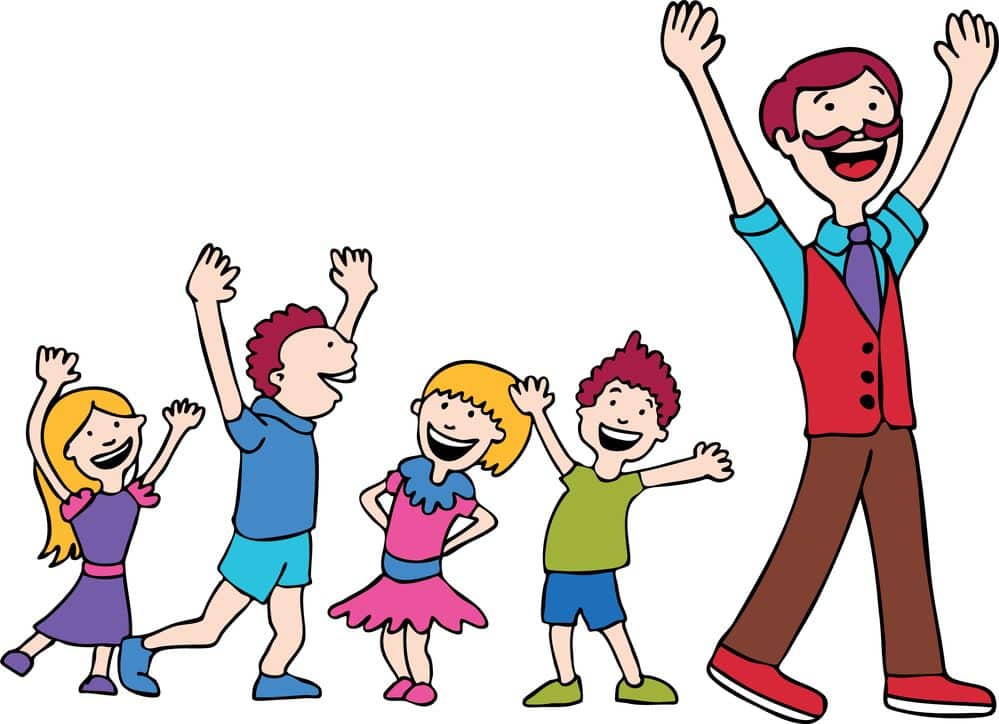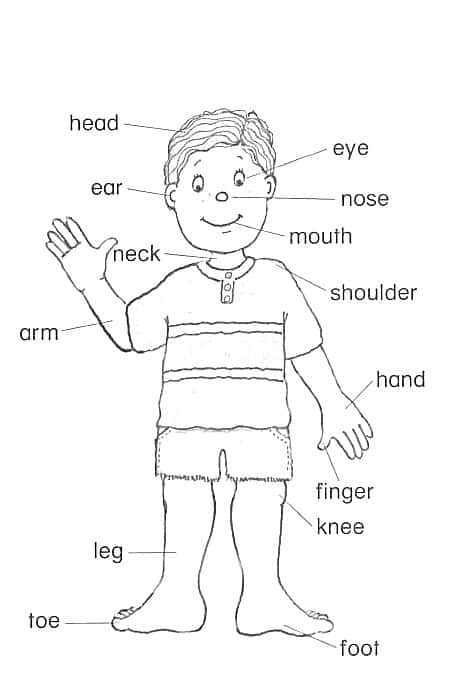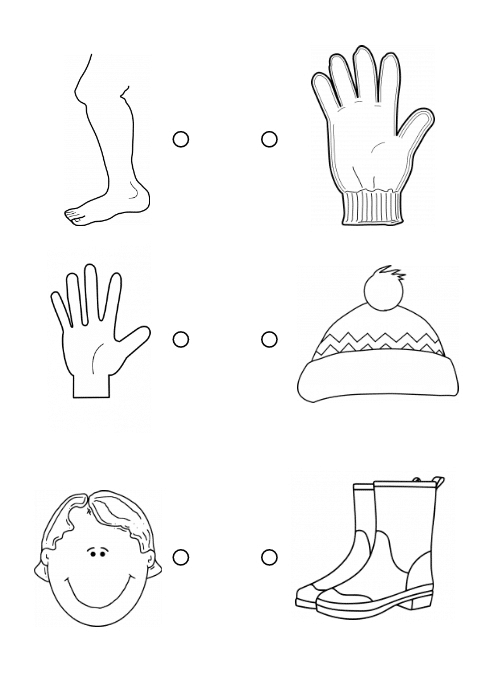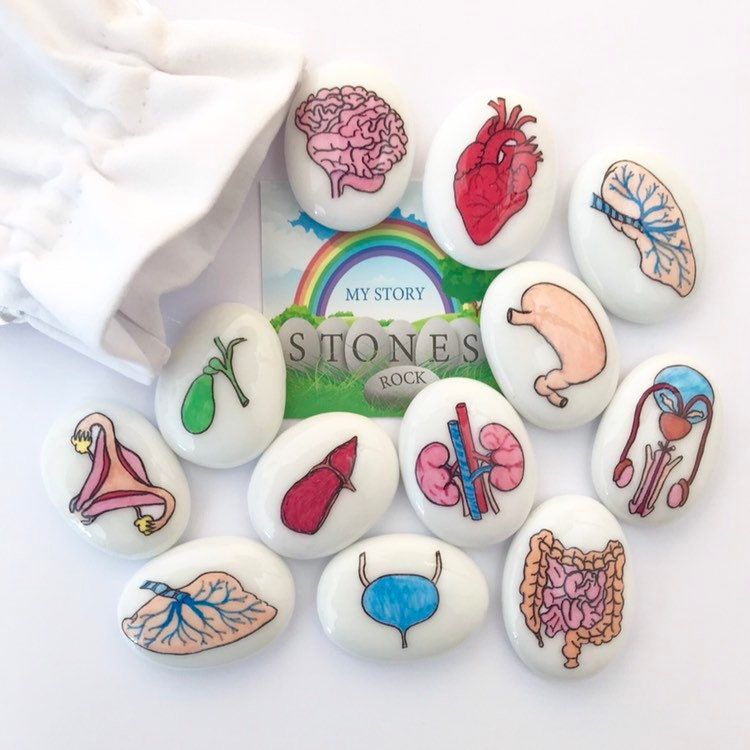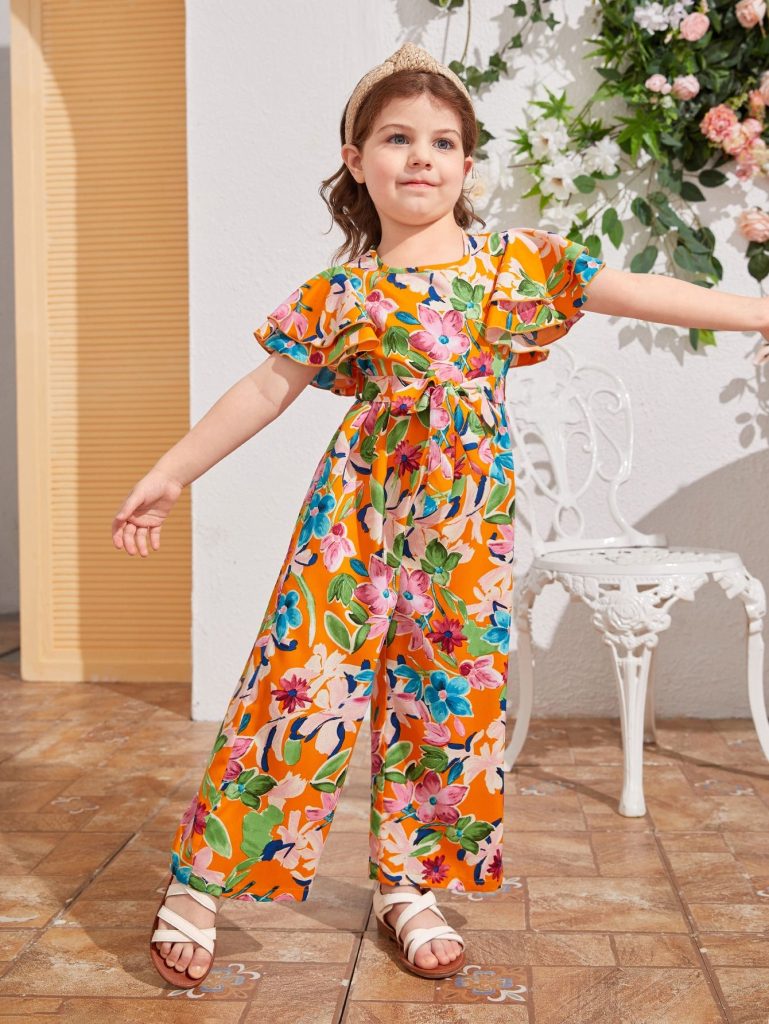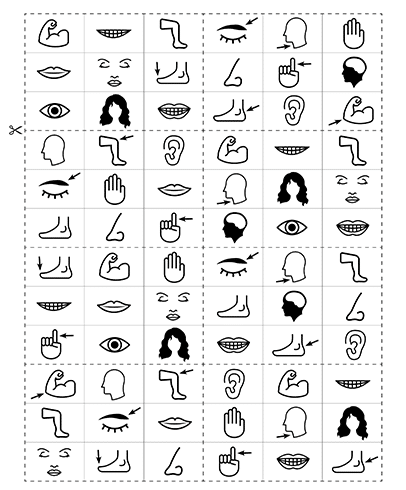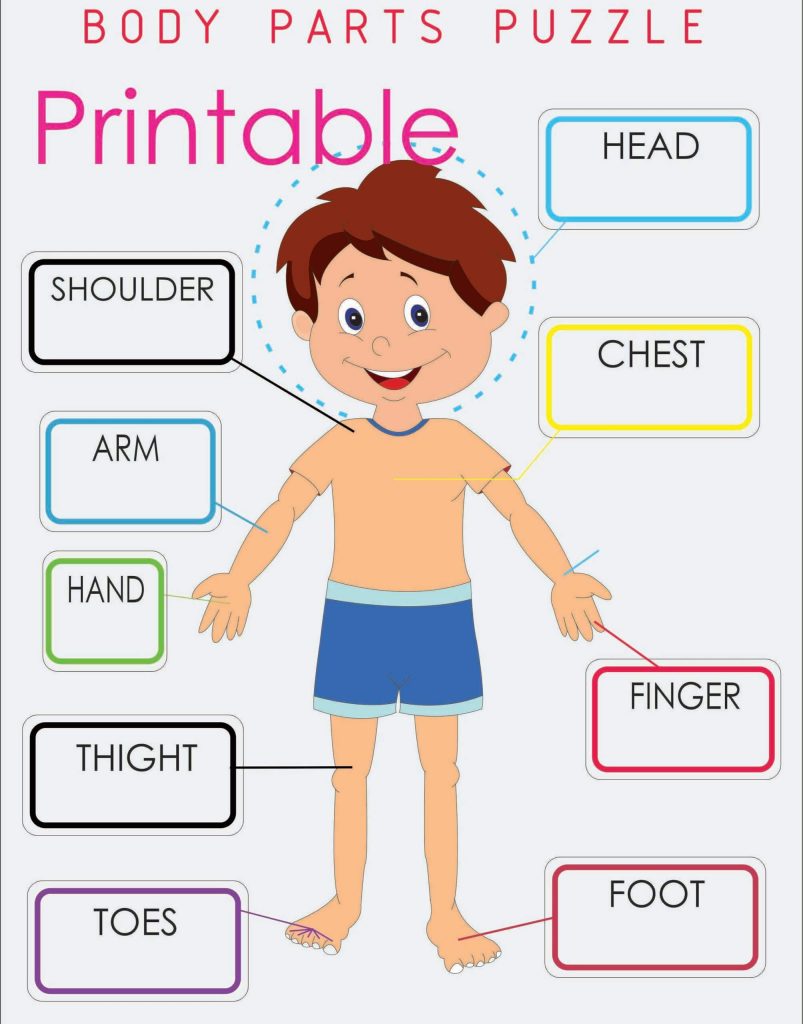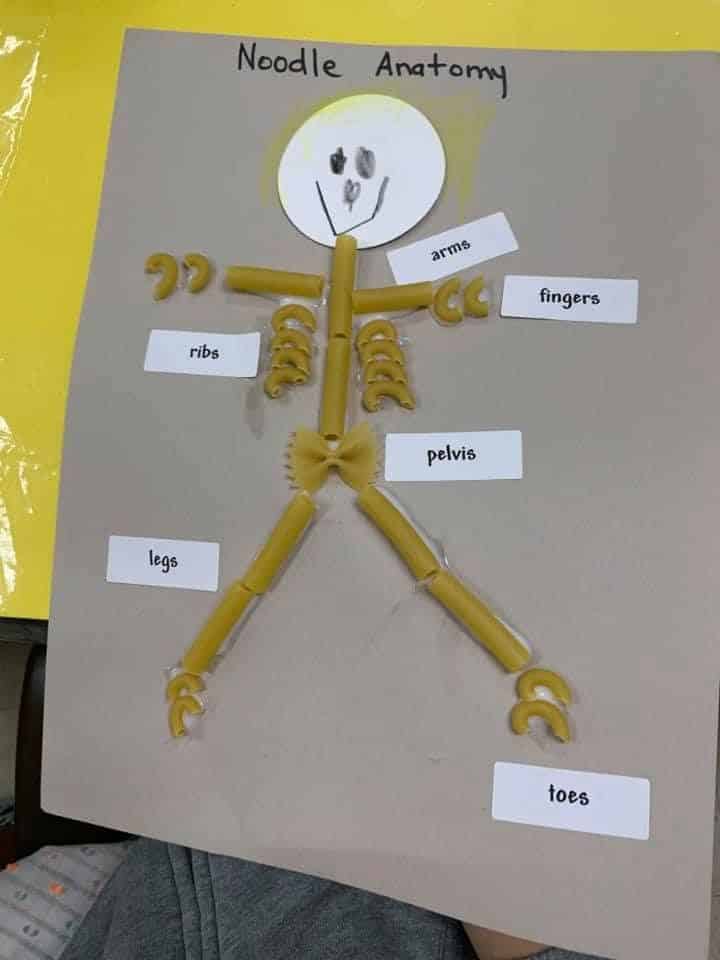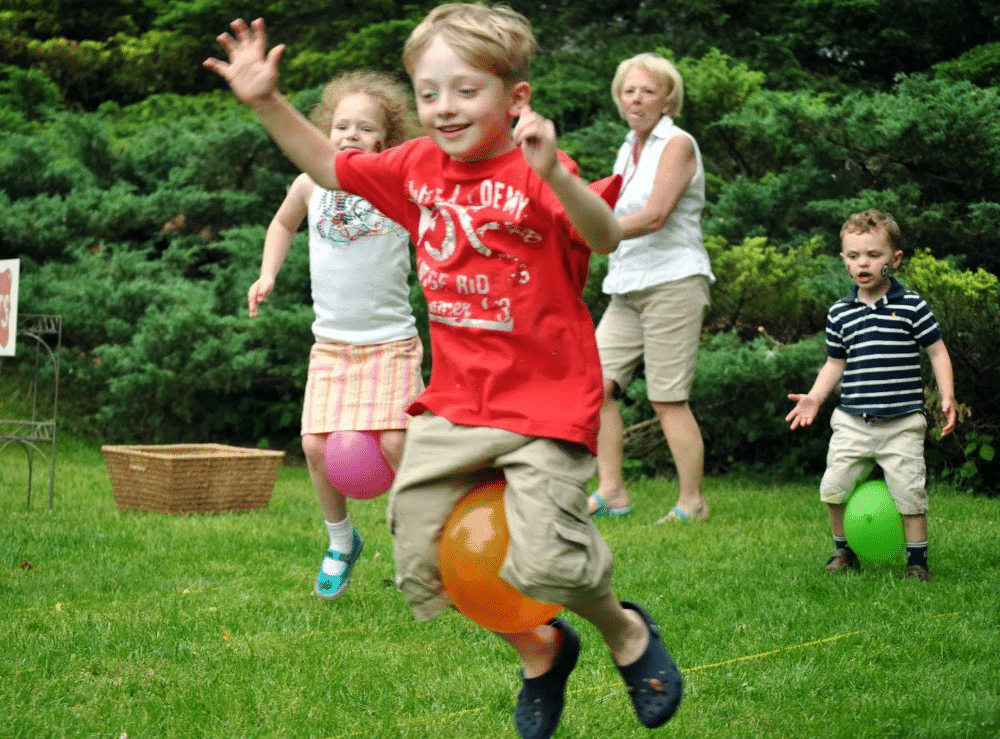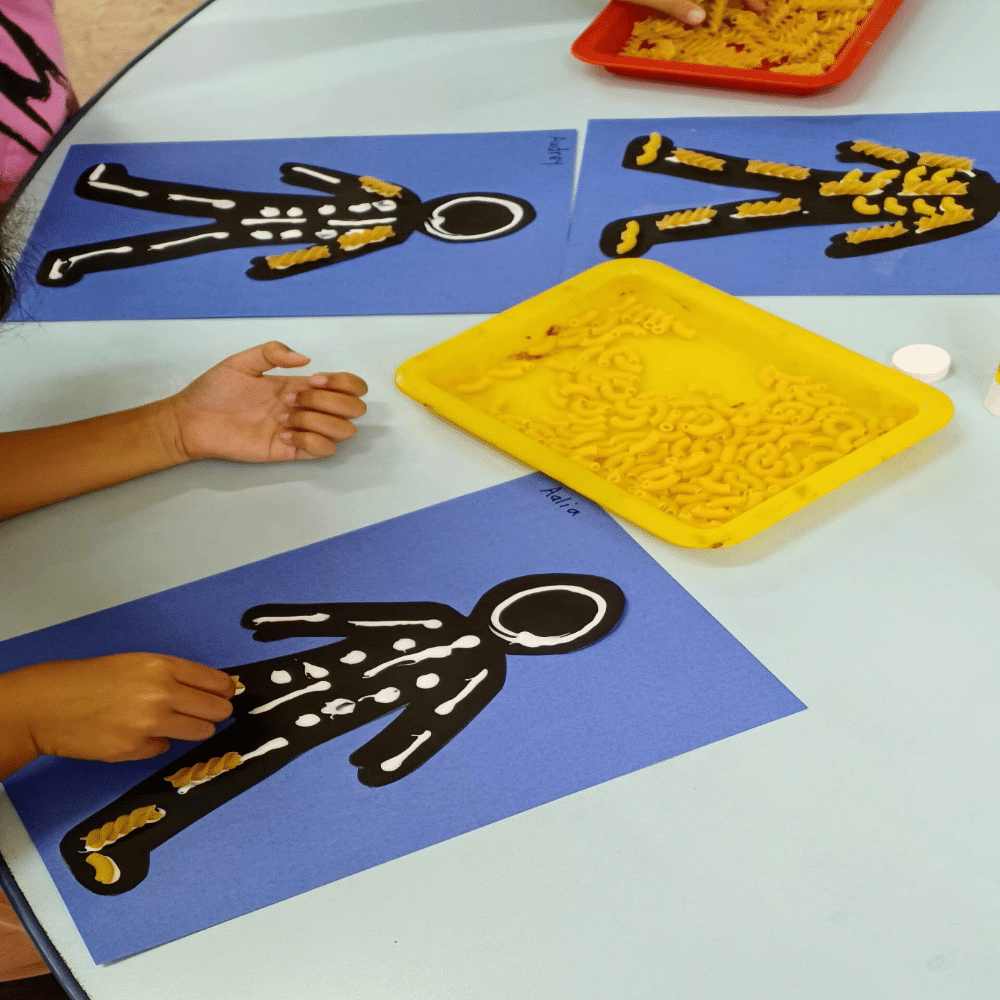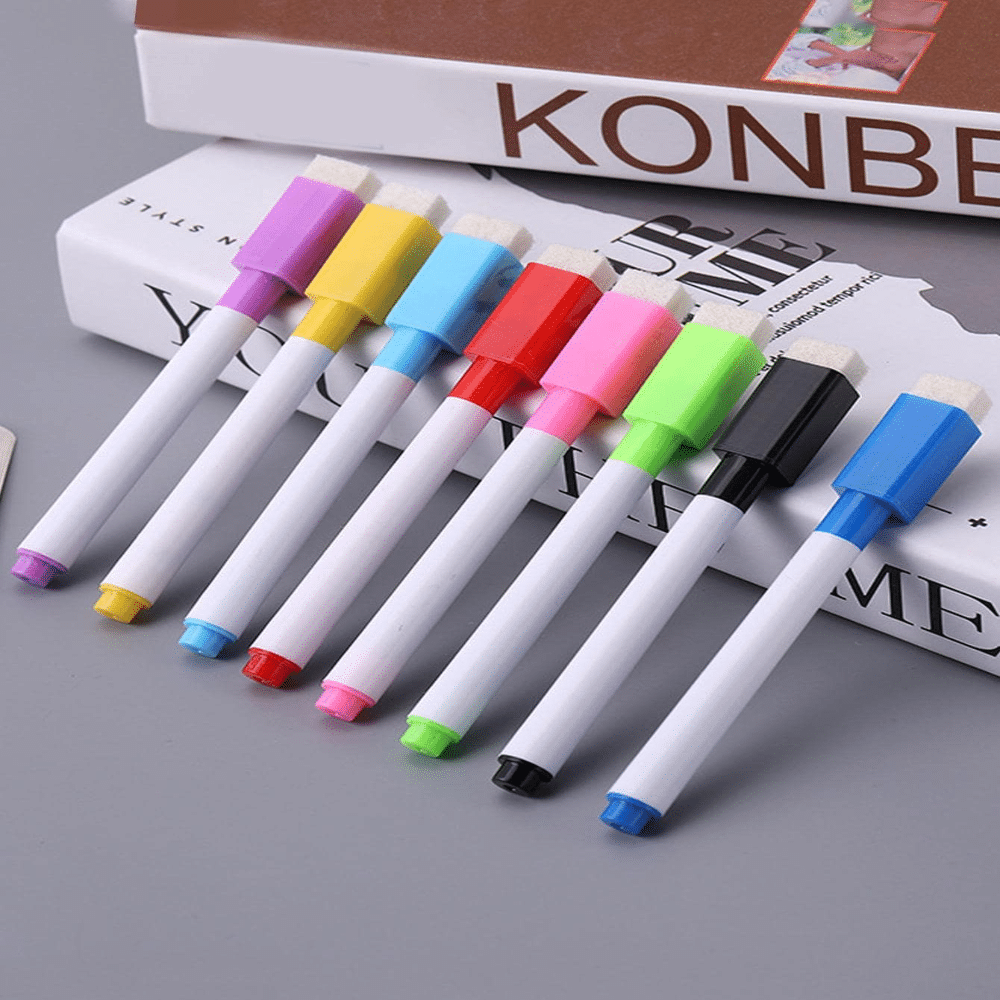Don’t you think teaching children about their bodies is a fun and important way to help them realize the significance of each body part? Because when kids understand how their body functions as a whole, they are more likely to take care of it through activities like exercise and eating nutritious food. It is important to provide interactive and fun learning experiences for children.
However, teaching body parts is a fundamental aspect of early childhood education, as it helps children develop their language and communication skills and enhances their understanding of self-awareness and body recognition.
Learning about body parts can be an exciting journey for children when approached with creativity and enthusiasm.
In this blog, we will explore 15 exciting games and activities that make learning about body parts an enjoyable and memorable experience for kids.
1. “I Have…Who Has?”
The “I Have…Who Has?” game is an exciting and interactive way to teach body parts and organs to kids. In this game, each child is given a card with a body part or organ name and a description or image. The game starts with one child saying, “I have {body part/organ}, who has {another body part/organ}?” The child who has the matching card responds with their part, and the game continues until all the cards are used. This activity encourages active listening, quick thinking, and body part recognition in a playful and engaging manner. This game also helps them remember the names of the body parts or organs in an interactive and fun way.
2. Simon Says Game
Join in the excitement of Simon Says with a delightful twist! In this game, Simon will give special commands like “Simon says touch your nose” or “Simon says point to your elbow.” As the kids play, they will sharpen their listening skills, follow instructions, and get better at recognizing different body parts. Get ready for a playful learning experience that will make the little ones smile and learn at the same time. This is also a great way to build team bonding and socializing skills for the kids.
3. Body Part Puzzles
Let’s have some puzzle fun with a body parts-themed game! This game is all about playing puzzles using images of different body parts, and the children can put them together like a jigsaw. As they piece the puzzles, they’ll improve their fine motor skills and become more familiar with body part vocabulary. It’s an enjoyable way to learn while using their hands and brains together! This is also a great way to help enhance their cognitive skills and abilities. As they play in a group, they also learn to create companionships at the same time.
4. Label the Body Printables
The game includes printable sheets with outlined human figures, and the children are tasked with labeling the different body parts correctly. From head to toe, they can identify and write the names of various body parts, enhancing their vocabulary and understanding of their own anatomy. This activity not only promotes learning but also encourages creativity, as kids can use different colors to highlight each body part. Whether used in classrooms, homeschooling or as a fun activity at home, this game is a wonderful tool to foster knowledge and curiosity about the human body. You can use colorful printable sheets to make this activity an entertaining one for them.
5. Guess Who?
Let’s dive into a thrilling sensory exploration! This game is all about hiding an exciting array of textured treasures inside opaque bags and inviting the children to reach in and feel the mystery items. As they explore the textures, they can guess which part of their body would best interact with each item. For instance, they might encounter a soft cotton ball perfect for the cheek or discover a smooth stone ideal for the palm. This hands-on adventure promises lots of fun and helps the kids develop their senses. They can also learn more about body parts and how they interact with the world around them.
6. Human Body Tracing
Let’s embark on a fascinating artistic journey! The children can lie down on large sheets of paper, and you can trace the outlines of their bodies. Once the outlines are complete, they can have even more fun by labeling the different body parts they’ve traced. This interactive activity offers a delightfully tactile and visual learning experience. As they engage in this creative process, they develop their artistic skills and deepen their understanding of body parts. Get ready to unleash creativity and learn in a fun and memorable way!
7. Organ Stones
This activity can be easily adapted to include organs or body parts, making it a perfect fit for our body-themed unit. Each child can create their own set of special stones by cutting out pictures of organs and sticking them onto smooth stones using craft adhesive. Once the stones are dry, they can be placed on the outline of the human body and traced around. Then comes the exciting part – the children can use the shapes as guides to place the organs in the right spots. All you need are smooth stones, pictures of organs or body parts, clear craft glue, and an outline of the human body to embark on this creative learning journey!
8. Dance, Sing, and Learn
Let’s create a fun and catchy song that celebrates our amazing body parts! As the children dance and sing along, they can point to the relevant body part mentioned in the song. This playful activity helps reinforce their memory and enhances their ability to recognize different body parts. So, let the kids put on their dancing shoes and get ready to sing and groove along with having a learning experience. With this lively musical adventure, the kids will have a blast and develop a deeper understanding of their own anatomy.
9. Body Part Charades
Let’s have a blast with a creativity and communication game! Write down various body parts on slips of paper, and put them in a container. One child will pick a slip and act out the body part without saying a word while the others try to guess which part it is. This exciting activity encourages kids to use their imagination and express themselves non-verbally, fostering creativity and boosting their communication skills. Get ready for lots of laughter and fun as we guess the mystery body parts together. This game also helps build the little ones’ team bonding skills and confidence.
10. Puzzle Hunt
Hide puzzle pieces representing different body parts in various spots around the room or outside. The children will have to work together, searching for the pieces and putting the puzzle together. This exciting activity not only encourages movement and physical activity but also promotes teamwork and collaboration among the children. Get ready to join forces and have an exciting time piecing together the body puzzle! This is a fun and engaging way for the kids to learn about body organs and parts. They will be able to remember the names more easily through this playful learning activity.
11. Flashcards Game
Get ready for a fun and educational matching game! We’ll create sets of flashcards featuring images of different body parts along with their corresponding labels. The children will have a blast as they try to match the picture cards with the correct word cards. This interactive activity is a fantastic way to help the kids improve their vocabulary and visual recognition skills. So, let’s gather the flashcards and dive into this exciting learning adventure together!
12. Noodle Anatomy Game
Making a skeleton from pasta is a fantastic activity for preschool kids to explore the world of bones. As they assemble the pasta pieces, they can let their imagination run wild and create skeletons in different poses, encouraging them to think about how bones bend and move. You can paint the pasta white for an extra cool touch, making the skeletons look like X-rays. All you need is a black card, glue, and various types of pasta to embark on this exciting journey of discovery and creativity!
13. Relay Race
Let’s get ready for an energetic and competitive relay race! We’ll divide the children into teams and set up an exciting course. At each station, they’ll have to use specific body parts to perform fun actions, like hopping on one foot or touching their toes. The team that completes the relay course first will be the winner. This activity not only promotes teamwork and cooperation but also encourages the kids to use their bodies in different ways. Get set for an action-packed race and lots of active fun with this amazing relay challenge!
14. Creating Art
Kids have a natural flair for creating all sorts of masterpieces. You can make them aware of the names of different body parts in your art lessons. Exploring body parts through art provides a wonderful chance for them to develop a deeper awareness of their own bodies. You can ask the kids to trace the organ designs. Alternatively, the kids can be provided a coloring book with these body part outlines and printed names for their better understanding and memory. So let’s hand them the paint brushes, crayons, and all the art supplies and let their imaginations soar as they create unique and special artworks.
15. White Board with Colorful Markers
A whiteboard paired with colorful markers is a fantastic tool for explaining body parts and organs to kids in an engaging and visual way. With the whiteboard as our canvas, we can draw and label different body parts, such as the head, arms, legs, and more. Using a range of vibrant markers, we can make the learning experience fun and exciting. This activity can commonly be performed at home and in kindergartens primarily.
Importance of Body Part Teaching Games and Activities for Kids
Teaching body parts through games and activities is not only beneficial but also essential for kids’ holistic development.
Here are some key reasons why these interactive approaches are important:
1. Engaging and Fun Learning
Games and activities make the learning process enjoyable and exciting for kids. When they associate learning with fun, they are more motivated and enthusiastic to participate actively, leading to better retention of information.
2. Active Participation
Games and activities encourage physical movement and active participation. This hands-on approach enhances their sensory experiences and helps them better grasp the concepts of body parts and their functions.
3. Memory
The interactive nature of games and activities helps reinforce memory retention. By associating body parts with actions, visuals, or play, children are more likely to remember the names and functions of different body parts.
4. Language and Communication Skills
Engaging in games and activities to learn body parts supports language development. Children learn new vocabulary, practice verbal communication, and engage in conversations during play, enhancing their language skills.
5. Body Awareness and Empowerment
Teaching body parts through activities fosters body awareness and empowers children to understand and appreciate their physical selves. This knowledge instills confidence and a positive self-image.
6. Social Interaction and Teamwork
Many body part teaching games involve group play, encouraging social interaction and teamwork. Collaborative activities enhance their social skills, cooperation, and empathy toward others.
7. Multi-Sensory Learning
Interactive games and activities stimulate multiple senses simultaneously. This helps them garner a better understanding of the senses and body parts or organs. They will get a practical understanding of the concepts in a fun way.
8. Cultivating Curiosity
Games and activities that introduce body parts in an engaging way spark children’s curiosity about the human body and biology. This curiosity fosters a love for learning and lays the foundation for future scientific exploration.
Summing It Up
All in all, teaching body parts through interactive games and activities is a powerful educational tool that benefits children in numerous ways. It sparks their curiosity, enhances language and social skills, promotes body awareness, and fosters a positive attitude towards learning and their physical selves. Children develop a solid foundation for their overall growth and well-being by incorporating play and fun into the learning process.
Making use of games and fun activities to teach these crucial concepts to kids makes the entire process interactive and enriching for them. These activities curb boredom, and they can remember the names and critical aspects in an easy way forever.
Thus, we hope these 15 ideas will help teach these concepts in an effortless manner.
Frequently Asked Questions
What are Body Part Learning Games and Activities for Kids?
Body part learning games and activities for kids are interactive and fun exercises designed to teach children about the various body parts, organs, and functions. These activities involve hands-on play, puzzles, songs, arts and crafts, making the learning experience enjoyable and engaging.
What Age Group Is Suitable for These Activities?
Body part learning games and activities can be adapted for various age groups, but they are particularly well-suited for preschoolers and early elementary school children (ages 3-8). Younger children benefit from the interactive nature of these games, while older kids can get technical insights about the same to deepen their understanding.
How Can Parents Engage in Body Part Learning Activities at Home?
Parents can easily engage in body part learning activities at home using simple materials like flashcards, craft supplies, and age-appropriate games. They can also use everyday moments, such as bath time or meal time, to team them with the names and concepts of body parts and organs.

